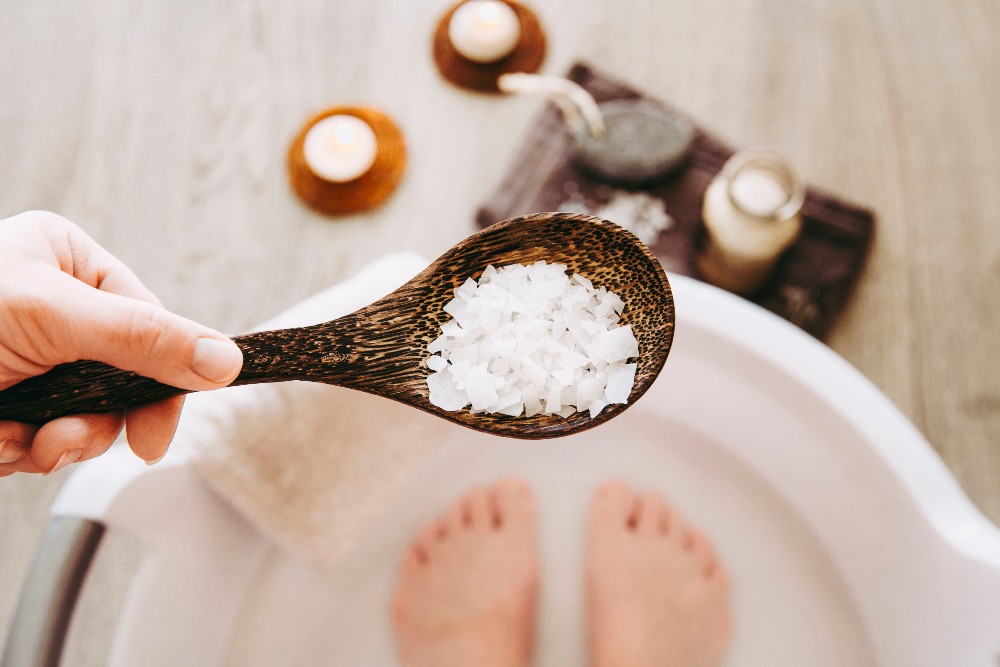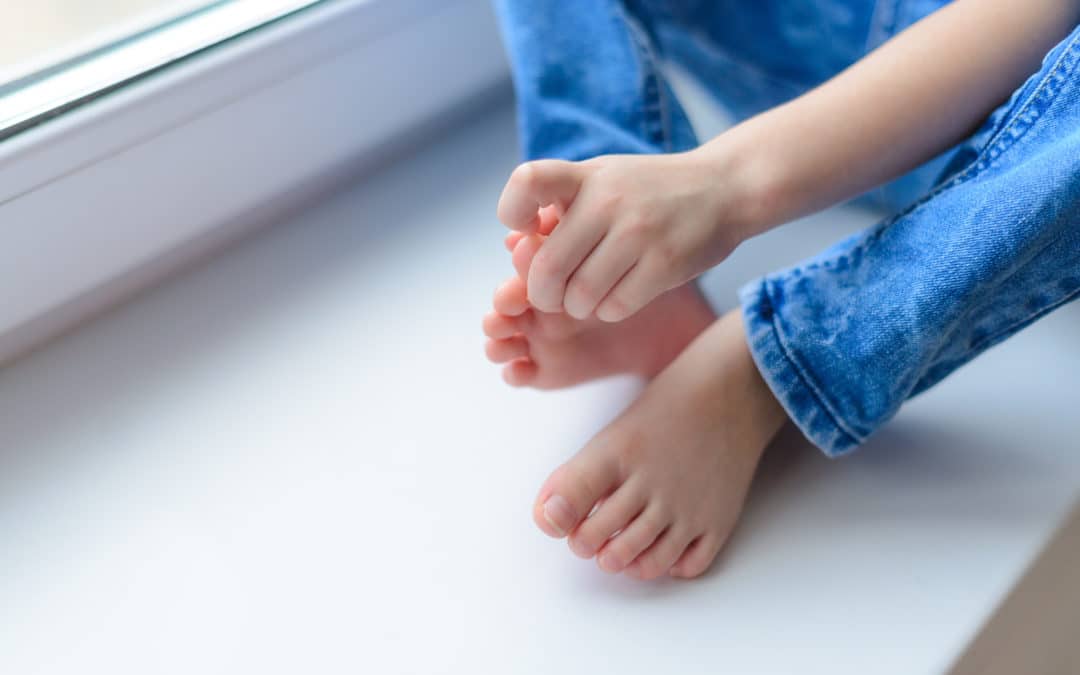What Are Ingrown Toenails?
Onychocryptosis, or ingrown toenails, is a common condition that occurs when the corner or side of a toenail grows into the flesh instead of over it. This can be the result of improper nail trimming, tight shoes, or injury to the toe. Whatever the cause, an ingrown toenail can be very painful and even lead to infection.
The result is an aching, debilitating pain that can make it difficult to walk or even stand. If you’ve ever had an ingrown toenail, you know just how miserable they can be.
What Causes an Ingrown Toenail?
There are several things that can cause an ingrown toenail. Here are the most common causes:
- Improper nail trimming: When you trim your nails, you should always cut them straight across. Never round the corners or sides of the nails. Doing so can cause the nail to grow into the flesh.
- Tight shoes: Wearing shoes that are too tight can put pressure on the nails and cause them to grow into the flesh. The same is true of high heels that put pressure on the toes. Ingrown toenails are common in ballet dancers and other athletes who wear tight shoes.
- Injury to the toe: A direct injury to the toe can cause the nail to grow into the flesh. This is especially true if the injury breaks the skin, as this can provide a pathway for the nail to grow into.
Symptoms Associated With Ingrown Toenails
The most common symptom of an ingrown toenail is pain. This can range from a dull ache to a sharp, throbbing pain. Other symptoms include:
- Redness and swelling around the nail.
- Warmth and tenderness to the touch.
- Pus or drainage from the affected area.
- Swelling around the toenail.
- Redness around the toenail.
An infection may also develop if the ingrown toenail is left untreated. Symptoms of an infection include fever, redness, and swelling that extends beyond the toe and drainage of pus. If you develop any of these symptoms, it’s important to see our doctors right away.
What Are the Home Treatment Options For An Ingrown Toenail?
Getting some relief from the pain is the most important thing you can do at home. You can:
1. Soak your foot in warm water for 20 minutes, three times a day.
This method is called hydrotherapy and can help reduce inflammation. Why does this help?
With an ingrown toenail, the skin around the nail is inflamed. Soaking the toe in warm water can help reduce the inflammation and pain. It also can help reduce swelling due to the increased blood flow to the area and can soften the skin so that the nail can grow out.
Epsom salt can be added to the water to help reduce inflammation even further. Epsom salt is a type of magnesium sulfate that can be found in most drugstores, and it has been shown to help with inflammation and pain due to its high magnesium content, and can also help with swelling.
2. Wear roomier shoes or sandals.
Tight shoes or shoes that crowd the toes can increase the pressure on the toenail, which can cause an ingrown toenail. Wearing shoes that are more roomy or that don’t crowd the toes can help reduce the pressure on the toenail and can help prevent an ingrown toenail from developing.
The best shoes to wear are sandals or flip-flops. This type of shoe allows the toe to breathe and doesn’t put any pressure on the toenail.
3. Use antibiotic cream.
If the skin around the toenail is infected, it can be painful and can lead to further complications. Applying an antibiotic cream to the area can help reduce the infection and can help the healing process.
When Should I See A Doctor?
Ingrown toenails are susceptible to infection due to bacteria. If you have diabetes or any other condition that impairs blood flow to your feet, you should see our doctors at the first sign of an ingrown toenail.
You should see our doctors if:
- You have diabetes or any other condition that impairs blood flow to your feet.
- You have an ingrown toenail that is red, swollen, or draining pus.
- You have an ingrown toenail that is causing you severe pain.
- You have tried home treatments for an ingrown toenail but the nail is still causing you pain or discomfort.
- You have an ingrown toenail that is preventing you from wearing shoes or participating in activities.
- You’re unsure of how to treat an ingrown toenail, or you’re concerned that the nail may be infected.
Contact Us Today
If you’re experiencing pain from an ingrown toenail, contact our office today to schedule an appointment. We will work with you to develop a treatment plan that will relieve your pain and help you heal, so you can get back to your life.


